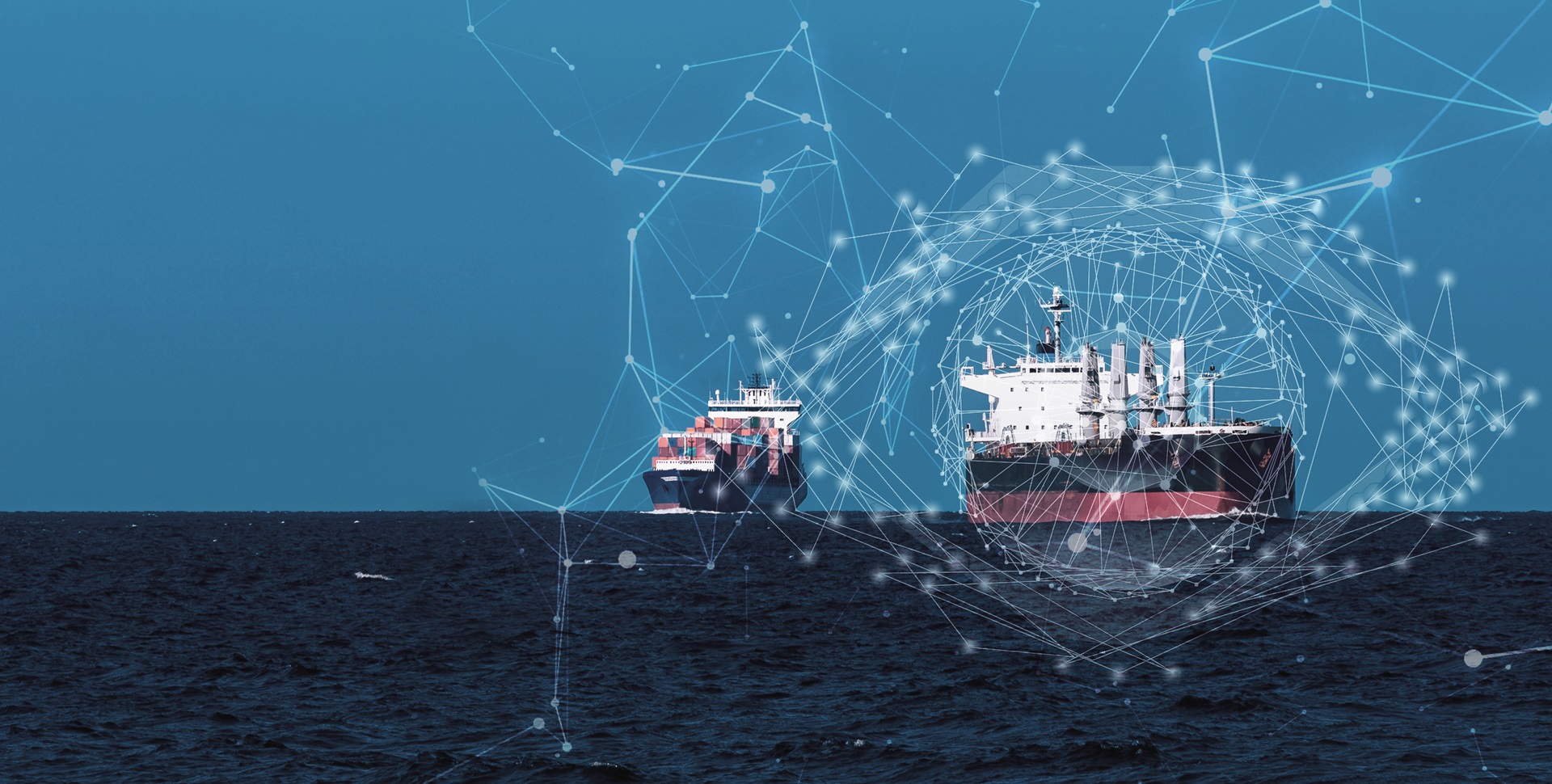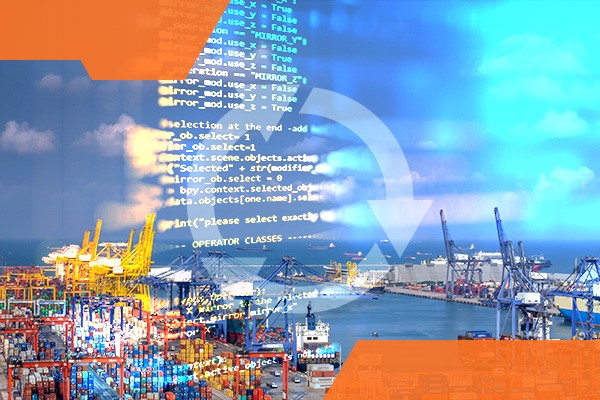

As little as 10 years ago, most ships sailed without a consistent internet connection. Today, myriad connected solutions promise to drive safety and efficiency to new heights. But the solutions that emerge in the next decade will have even more potential to transform shipping.
The connected vessel has already changed ship operations, says Kay Dausendschoen, Head of Product for the diverse and growing portfolio of solutions based around Wärtsilä Voyage’s integrated navigation and optimisation offering, Fleet Optimisation Solution (FOS). However, the constraints to connected solutions were not purely technical.
Take just-in-time arrivals. Even many years ago it was possible to contact the captain by phone or email if the berth was not available. But the ship may be bound to a speed or arrival time by their charterer.
- Kay Dausendschoen, Head of Product, Fleet Operations, Wärtsilä Voyage
Technology meets motivation
Over the past decade, the technical capability and the motivation for better connected solutions have converged. As satellite communications have improved and become more affordable, shipping stakeholders have seen greater need for visibility into vessel and voyage performance. It didn’t go unnoticed that increasing transparency puts shipping companies into the position to manage their operations better: to monitor and reduce emissions, enhance efficiency and comply with regulations.
There is further to go. After years navigating the world’s most innovative cruise ships and later developing safe navigation strategies across multiple cruise brands, Clayton Van Welter, Head of Product, Future Ship Control Systems, Wärtsilä Voyage, has little doubt that more deeply integrated operational technology systems will be crucial to unlocking future benefits.
There are plenty of optimisation solutions out there that rely on external data sources. Moving from solely advisory applications to those that can control the vessel is where we differentiate.
- Clayton Van Welter, Head of Product, Future Ship Control Systems, Wärtsilä Voyage
FOS is a shining example of Wärtsilä Voyage’s connected approach. FOS integrates multiple navigation and optimisation tools into one system. Combined with a dedicated satellite link to connect with shoreside operations or cloud-based services, the system can utilise data from the bridge and engine room to improve vessel and voyage efficiency.
More remote and automated functionality are within reach thanks to recent technological advances such as the new low- to medium-earth orbit satellite constellations, which Van Welter notes will lead to a significant increase in bandwidth and major cost reduction for maritime satellite internet. The aim for Wärtsilä Voyage is to use this enhanced connectivity to improve safety, reduce emissions and enhance efficiency by enabling ship crews to spend more time on the complex tasks they are trained for, rather than simply amalgamating data from multiple sources.
Beyond the basic
“As you progress beyond what is essential for operating a modern vessel to where we can transform ship operations – whether that is introducing greater automated processes or even further steps into decision making support - connectivity starts to play an ever-more important role.”
System design elements like bandwidth requirements, upgradability and integration with other systems will be critical to realising these ambitions. Van Welter and Dausendschoen are two driving forces in a wide project to prepare Wärtsilä Voyage solutions for this future.
One change is the amount of bandwidth that solutions can use. Previously, explains Dausendschoen, the challenge had been how to fit useful data through the very narrow pipeline. This required a large degree of prioritisation – which data is critical to get reported or analysed first – as well as careful selection. Weather data is a good example.

“If you had the same connectivity as you have at home, you would simply send a high-resolution global forecast to the vessel. But with limited bandwidth, you need to make choices, like sending a high-resolution forecast for a narrow corridor, or leaving out areas of the globe. You need to really think about how you design your analytics and your software so that you don't run into a problem with connectivity.”
In the next generation of digital navigation solutions, bandwidth will be offering exponentially greater opportunity than before, freeing up designers to concentrate on other areas. One is ease of integration.
Cooperation and data sharing between other systems is the key to unlocking future value from bridge solutions. On one hand, interplay between situational awareness and ship control will be needed to deliver greater autonomy. On the other, asking bridge crew to look at as few systems as possible for the information they need will help them make better decisions.
Improving integration
Van Welter speaks from experience about the challenges of integrating bridge systems.
The ability to integrate systems better would reduce cost for ship owners as well as unlocking further areas for optimisation. Van Welter mentions user analytics as one such area. Seeing how and when crews use the tools available to them in a real setting would help to design products that will serve the crew better.
Another important design element in new digital solutions will be ‘expandability’. Van Welter explains: “Traditionally in maritime you buy a navigation system, and it has a lifecycle of 10 years. And if you want to do anything different with that navigation system, well we're going to bolt on another screen - another set of hardware and another lot of technicians called out. Only imagine six months from now, you want to get the latest tool.”
This single, static design point does not reflect the rapid pace of development or the need for flexibility in modern shipping. Wärtsilä Voyage is in the process of reviewing its entire portfolio with a particular eye on extendibility and integration.
Free from the constraints of poor connectivity, there is an almost limitless potential for digital solutions to help make shipping safer, greener and smarter. Improving design of current systems so that they can work closely together and be upgraded rapidly is a precursor to maritime digital solutions that can offer even greater value to their users. Ultimately, says Van Welter, it comes down to simplification – how to make ship operations easier for crew and management.
Through connectivity, we can help address this increasingly complex world that technology is delivering. We're trying to simplify operations as systems become more complex. Better connectivity will enable us to do that even better than we have until now.
- Clayton Van Welter, Head of Product, Future Ship Control Systems, Wärtsilä Voyage
Related solutions
Did you like this? Subscribe to Insights updates!
Once every six weeks, you will get the top picks – the latest and the greatest pieces – from this Insights channel by email.



